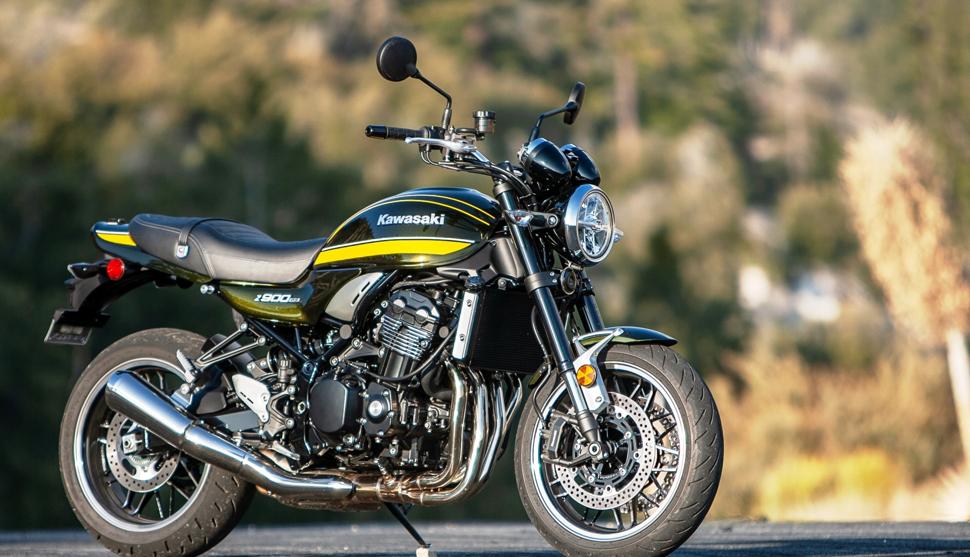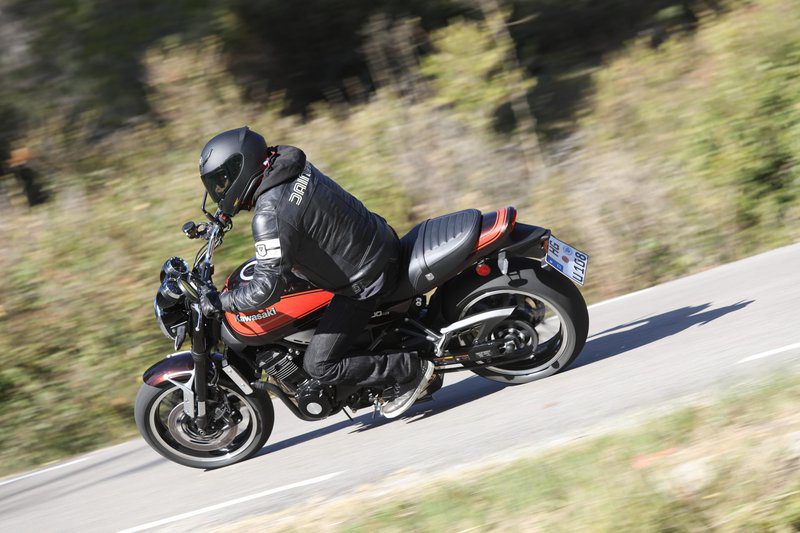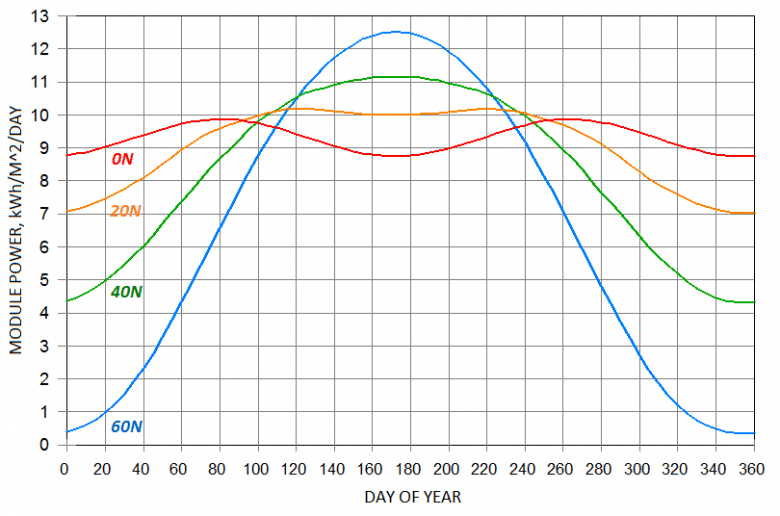
We rode: Kawasaki Z900 RS
In the same year, the race for the World Motorcycle Championship was also held in our former country, on June 18th, on the old street circuit in Preluk near Opatija. At that time, the world motorcycle race was ruled by Giacomo Agostini, and in 1972 he became the world champion in the 500cc class. Englishman Dave Simmonds also competed in the royal class this year in a three-stroke two-stroke Kawasaki H1R, quite successfully, winning the last race of the season in Jaram, Spain, and the Greens finished fourth in the constructors' category. The Japanese took the lead in motorcycling in the late 750s, while the British motorcycle industry was in decline. The first "serious" Japanese motorcycle to usher in revolution and times to come was the Honda CB750; the first real Japanese "superbike" available to a wide range of buyers; 1 cubic centimeters was the royal norm at the time. In 1972, Kawasaki raised the bar even higher with the release of the first model in the Z family, the Z903. The inline four-cylinder engine weighed 80 cubic centimeters, had just over 230 "horsepower", weighed 210 kilograms dry, accelerated to 24 kilometers per hour, and thus was the most powerful and fastest road car in Japan, now with a liter capacity. Already over the years since its inception, he has combined several important achievements: he set an endurance speed record for 256 hours in Dayton, USA, Canadian Yvon Duhamel set a lap speed record with him (XNUMX kilometers per hour) and "civilian" version, in tests they were praised for constant power delivery, excellent suspension and directional control in corners.
Heirs
From 1973 to 1976, an updated Model B (slightly more powerful, with a stiffer frame) was voted the best motorcycle in the UK. During this time, about 85 pieces were produced. The family history of "Ze" continues in the second half of the 1976s and 1s. In 900, the Z1000 replaced the Z900, and the following year, the Z1983. These two models became the main machines of the post-apocalyptic history of the legendary classic of the film about Mad Max. The film (and then all its sequels) only raised the popularity of "Zisa", even a certain motorcycle subculture of fans of this already cult model was born. Its genes are laid down in the 16 GPZ908R, a car that used 1986 valve technology and a 254cc liquid-cooled engine. See to warm the hearts of motorcyclists in another classic film, this time in the crown-adorned 1 year Top Gunu the fastest road bike at the time, hitting 1000 kilometers per hour. Airplane! In 2003, many remember the model of the classic form Zephyr, somewhat reminiscent of the "father" of the ZXNUMX family, as well as the ZXNUMX XNUMX model of the year.
Retro modern
Rumors leaked from Japan last year suggesting that Kawasaki might be considering reviving the myth by going back in time looking for inspiration in the first Z1. Sketches, CGIs, and renders were more than just a set of desires for a scene that delights with modern classic motorcycles. Nothing tangible. Nothing has been confirmed. Until this year's exhibition in Tokyo ... There, however, the Japanese showed it. They named it Z900RS. Retro Sports. Ikarus stood up again: in the photos it looks a lot like the Z1, in the same color combinations, but with modern technologies and solutions.

New machine or copy? Kawasaki reacted to the retro trend rather late, but concretely and thoughtfully. Morikazu Matsimura, head of design behind the new Zeja, says it's a tribute, not a replica of the Z1, and that they've gone to great lengths to weave modern tech into a classic silhouette. They called the stylistic approach modern classics. The target group of clients is from 35 to 55 years old. They designed a classic teardrop-shaped fuel tank, LED headlights and - look at the resemblance to a "duck" butt! The wheels do not have spokes, but from a distance they resemble them, just like round rear-view mirrors. Particular attention should be paid to the classic counters, which are inspired by the old ones, there is a touch of modern technology in between with some modern digital numbers. Do you want one more detail? The needles on the countertops at rest are at the same angle as they were almost four decades ago, and the glossy color combinations faithfully mimic the original hues. Hm!
Fideua, Gaudi in Japanese technique
It can get a little chilly in and around Barcelona in December, and despite the sunny weather, our test days on the new Zeja were spoiled by the cold. You get used to slogans on the balconies of buildings calling for Catalan independence as well as more police presence. Also on fideuàjo, a culinary local version of paella (which is otherwise a little further south, in Valencia) to tapas and masterpieces by the architect Gaudí. For soul and body. For passion, there is also a two-wheeled Ze. And "Ze" leaves. It turns into the hinterland of Barcelona, which weaves expertly through the cold Spanish countryside like a snake, and through the busy traffic towards Montjuïc above the city, where legendary street racing was staged decades ago. The wide steering wheel and light posture are a reason to smile even after a whole day of rajah. The back and the area under it do not hurt. The sound coming from the (otherwise only) one muffler on the right is pleasantly bassy, when I turn off the gas it even rumbles pleasantly. Presumably they were especially concerned about him. I believe that the Akrapovic system, which the masters from Ivančna are already offering, will only strengthen these elements. The bike works in the hands, with the responsive suspension it was a real pleasure to wrap it around the combination of tight corners – there are also radially mounted front brakes and a gearbox with a short first gear. The device is lively, more powerful than in the "street fighter" of the Z900 model, it is in the lower and middle ranges. It also has more torque that doesn't have to be constantly shifted. Hey, it also has rear wheel slip control. The gusts of wind in the body are moderate, despite the straight posture, and uncomplicated even at high speeds. Slightly more sporty rhythms will warm up the model version of the Cafe in the poisonous green racing color of Kawasaki of the seventies, with a mini-guard and clip-on handlebars, the seat simulates racing. The cafe will be about half a George more expensive than his brother.

Ha, you know that today you got over 1 for a perfectly preserved Z20? The RS can be yours for a little more than half the price, and you get a very high-quality car for it that, with four decades of modern technology, is far superior to its model. With it, you can buy an engaging plot and model story included. And a lot of passion. It has no price, right?
